Dennis Hopper’s ‘Lost Album’ is an intimate photo diary of the ground-breaking 1960s
- Share via
The late actor Dennis Hopper is remembered for a lot of things. There is the volatile hippie he portrayed in “Easy Rider,” the 1969 counterculture classic he also directed. And there’s his depiction of an unhinged Frank Booth in David Lynch’s “Blue Velvet” in 1986. Not to mention the real-life bad boy reputation, with its attendant excesses in the drugs and alcohol department.
But Hopper was also a dedicated artist and photographer, who for roughly a decade in the 1960s never went anywhere without a camera. During that period, he captured Hollywood friends in repose, artists in the midst of performing early work, Hells Angels hanging out — as well as important social and political happenings, including the Sunset Strip riots of 1966 and one of
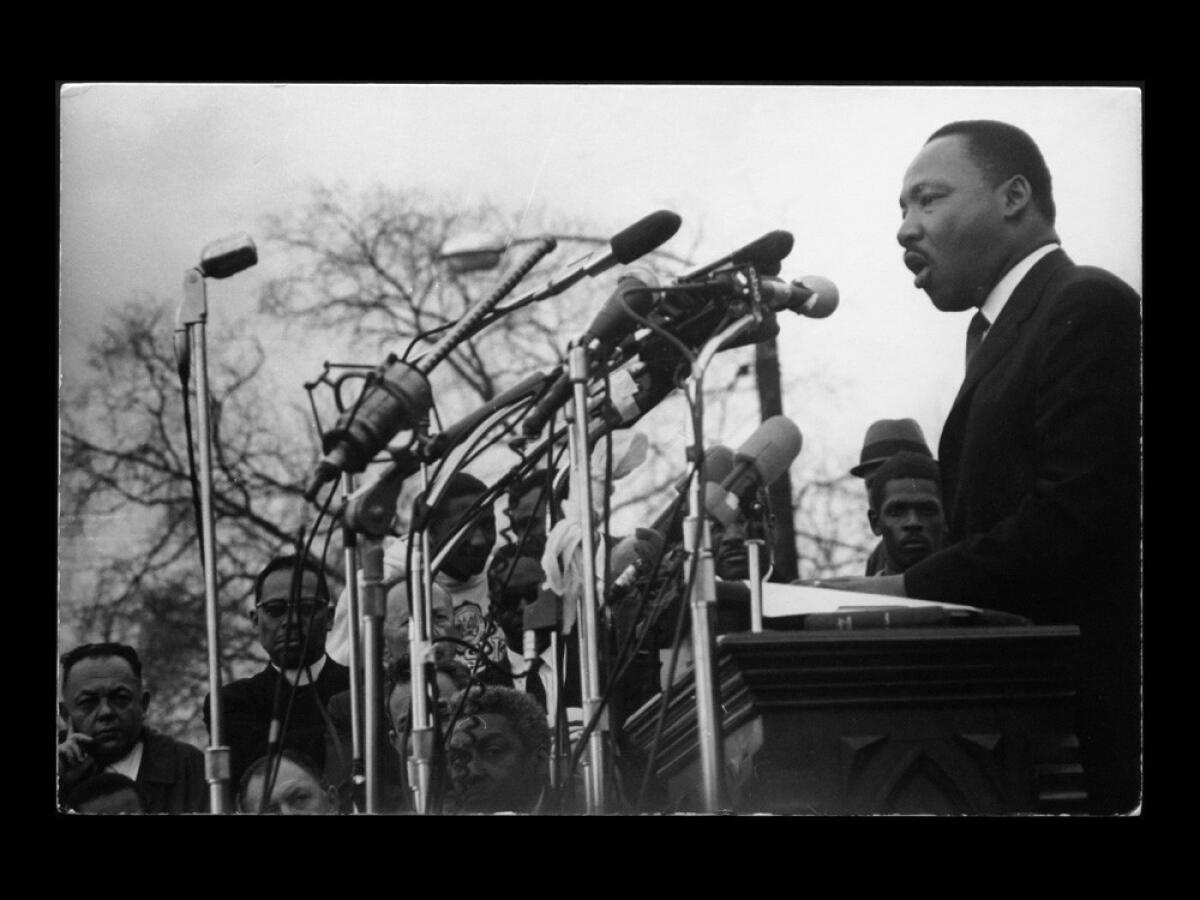
He makes this encyclopedic portrait of himself and the time in which he lives.
— Claudia Bohn-Spector, curator
Now more than 400 of his black-and-white images from this period are on view at the Kohn Gallery in Hollywood. “Dennis Hopper: The Lost Album,” as the exhibition is titled, is a re-creation of a solo show that the artist had at the Fort Worth Art Center Museum in 1970. In fact, the show consists of the exact images from that exhibition: photographs mounted on board that were found among his belongings after his death in 2010.
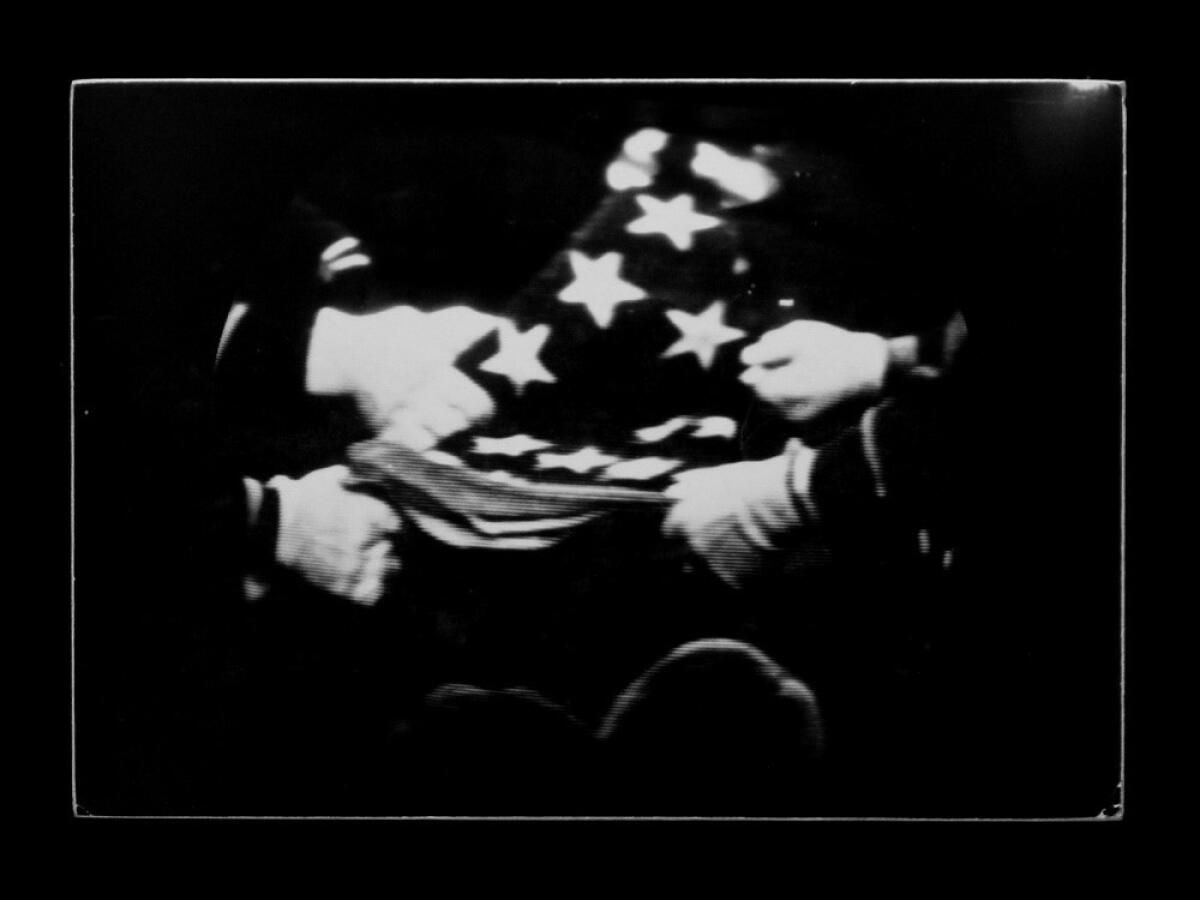
“The reason ‘The Lost Album’ is interesting is that it does reflect the different territories he covered,” said exhibition co-curator Claudia Bohn-Spector, a founder of the curatorial and design firm Micronaut. “The events, the portraits, the intimate views of his friends.”
“You hear these stories about him being this difficult person,” she added, “but then you see the pictures and you see what he was doing and that there was a certain vulnerability there.”
Attention has been given to Hopper’s photos in the past — especially those of celebrities. Some of them were featured in a 2010 show of his work organized by the Museum of Contemporary Art in Los Angeles, which also included paintings. But “The Lost Album” offers a more complete view of his 1960s photography.
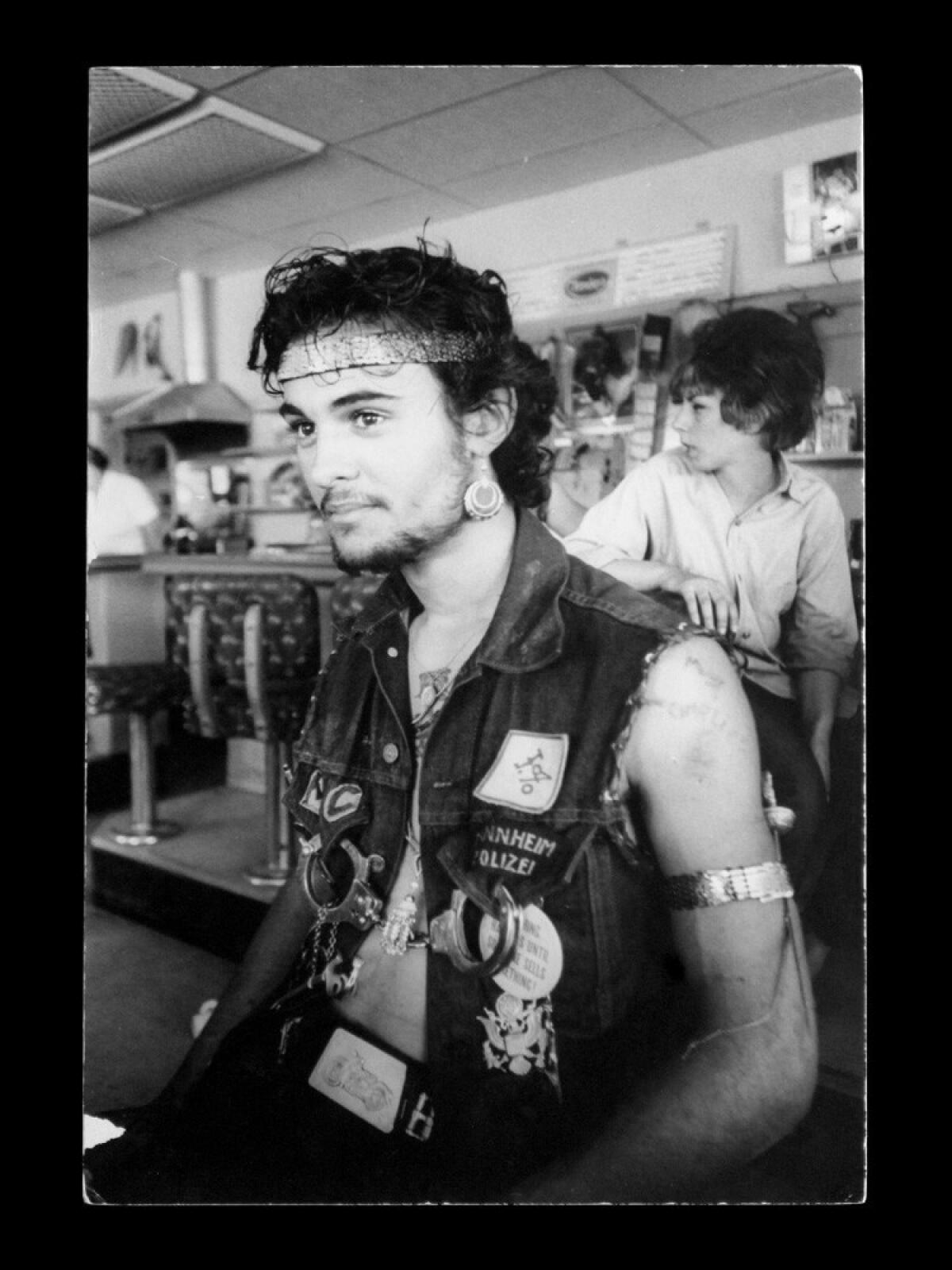
Among the 429 images in the exhibition, there is a photo of a feral-looking child staring him down from a window frame, scenes from a Mexican bullfight, and a close-up of shadows cast by peeling paint that seem to evoke the buoyant forms of a mobile by Alexander Calder.
As art, many of these aren’t groundbreaking. Moreover, because the show at Kohn is a reinstallation of a preexisting exhibition (with a little bit of curatorial context to guide viewers through some of the subject matter), it doesn’t mine Hopper’s other interests, or anything that would come later.
But some of the images are striking. And collectively they offer a unique personal take on the era — a vivid photographic diary of one man’s life during the shape-shifting 1960s.
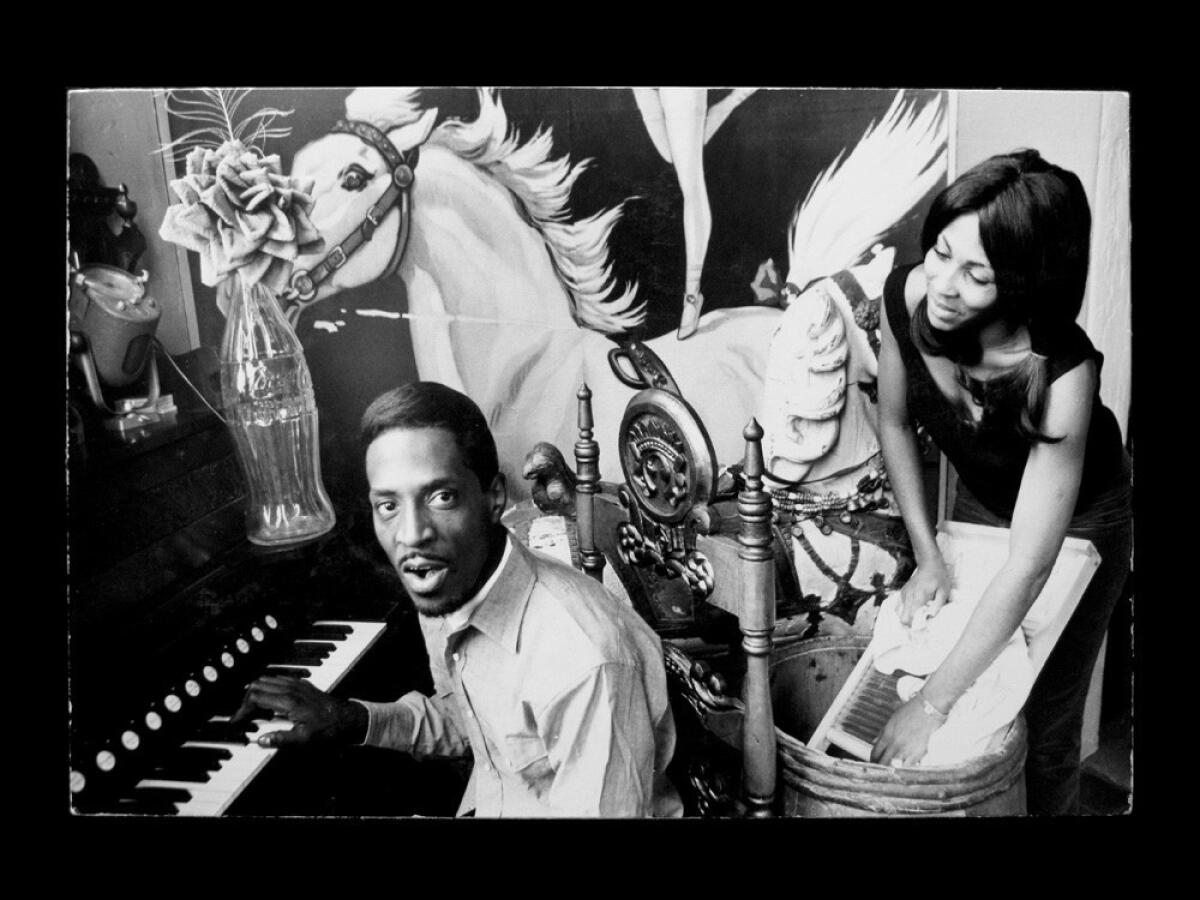
“He has access to all of these young people,” said Bohn-Spector. “Ed Ruscha wasn’t Ed Ruscha then. He was this young guy who was good-looking and a bit of a rabble-rouser. He loves these groups of alternative artists. There’s the actor Dean Stockwell and [the assemblagist] Wallace Berman. He knows all of these people and he has this tremendous access at this key moment in time, and he used it to create these pictures.”
“He makes this encyclopedic portrait of himself and the time in which he lives.”
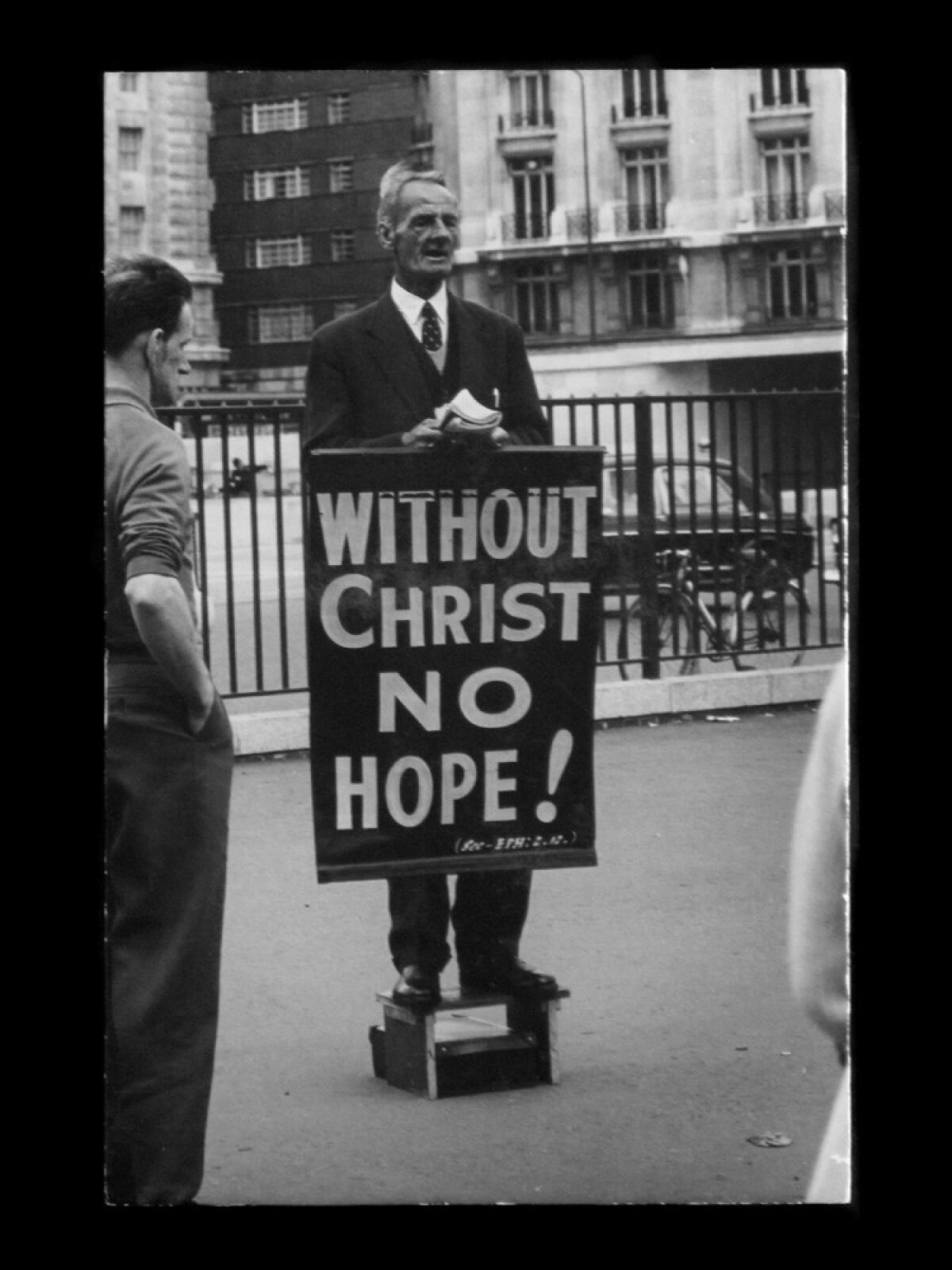
Bohn-Spector, who combed through Hopper’s photographic archive as part of her research, said the pictures of “The Lost Album” represent just a part of the Hopper archive — and that there are unseen gems buried in between.
Perhaps material for a more considered show in the future.
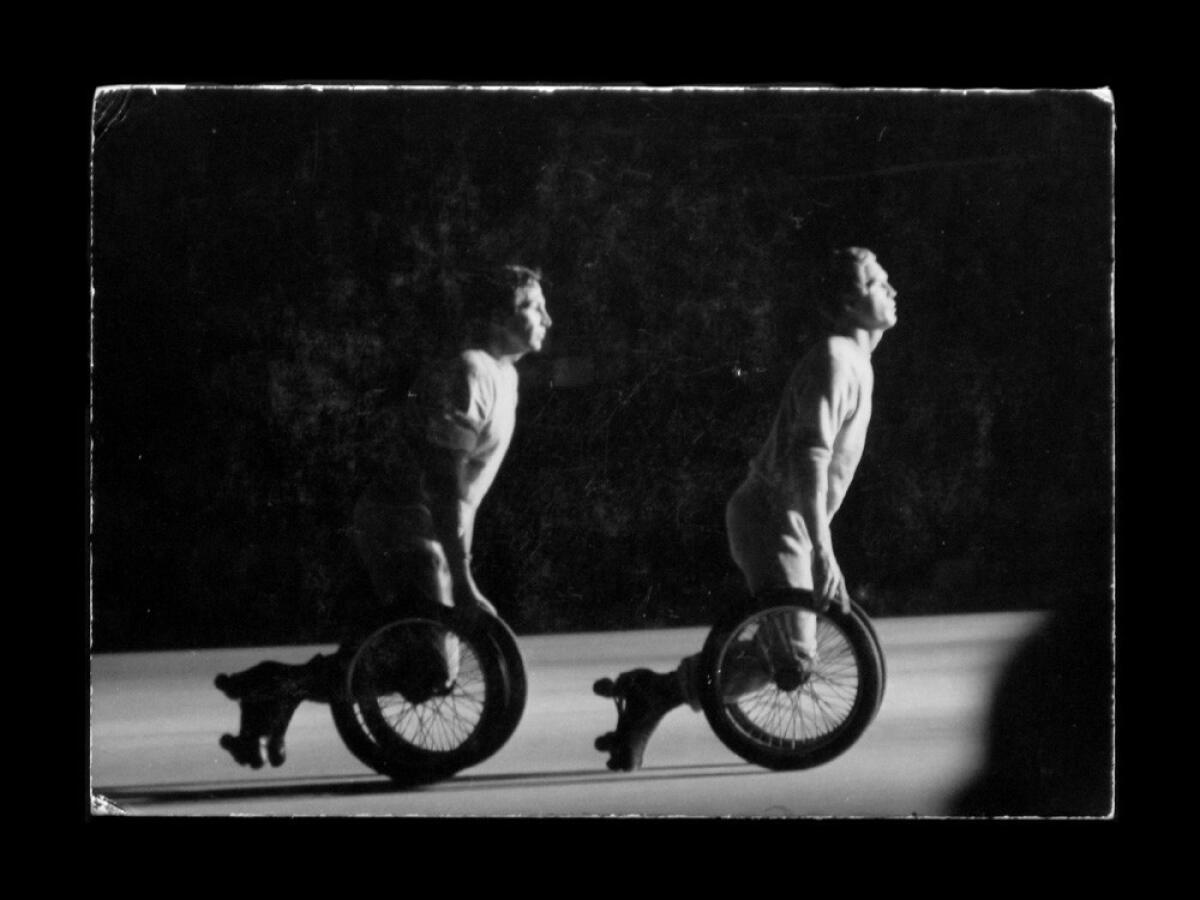
Dennis Hopper “The Lost Album”
When: Tuesday through Saturday until Sept. 1
Where: Kohn Gallery, 1227 N. Highland Ave., Los Angeles
Info: (323) 461-3311, kohngallery.com
Sign up for our weekly Essential Arts & Culture newsletter »
Twitter: @cmonstah
ALSO
Dennis Hopper dies at 74; actor directed counterculture classic ‘Easy Rider’
Why Star Montana wants you to really see Boyle Heights through her stark and stirring portraits
Datebook: African American film tribute, an artist exchange with Chicago, a monumental L.A. sculptor
Errol Morris reveals subject's charm in doc 'The B-Side: Elsa Dorfman's Portrait Photography'
The last (porn) picture shows: Once dotted with dozens of adult cinemas, L.A. now has only two
The biggest entertainment stories
Get our big stories about Hollywood, film, television, music, arts, culture and more right in your inbox as soon as they publish.
You may occasionally receive promotional content from the Los Angeles Times.








